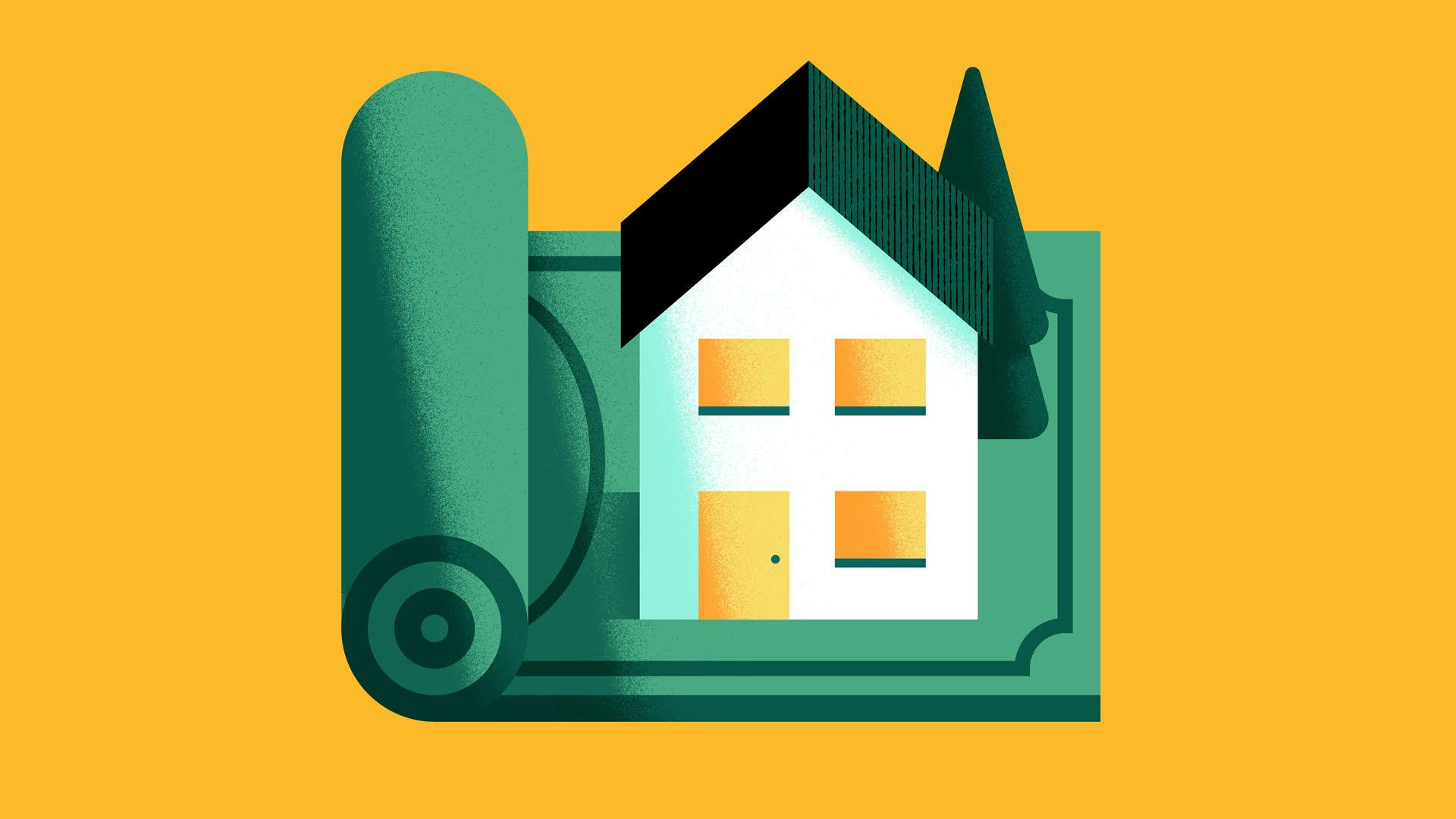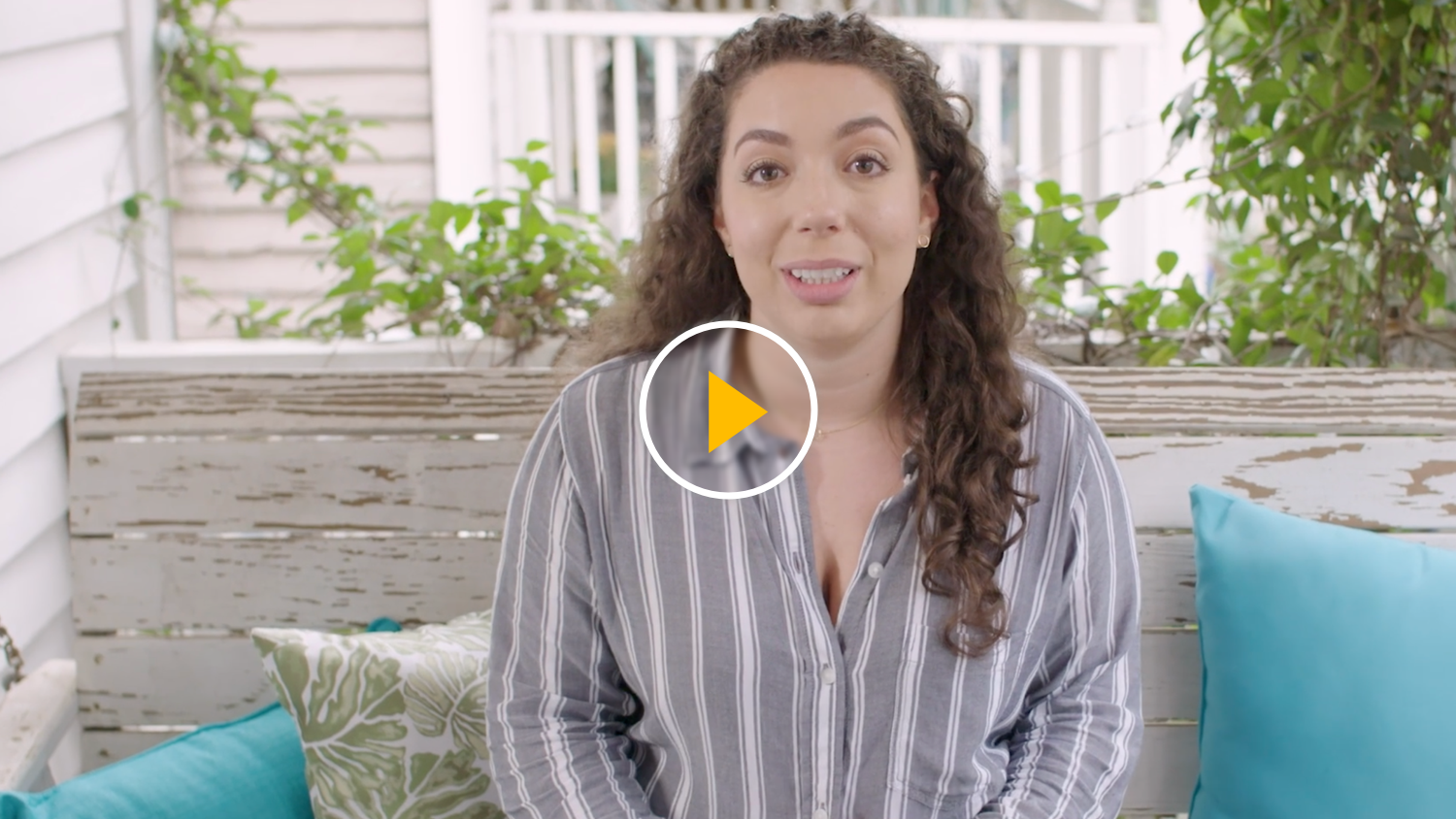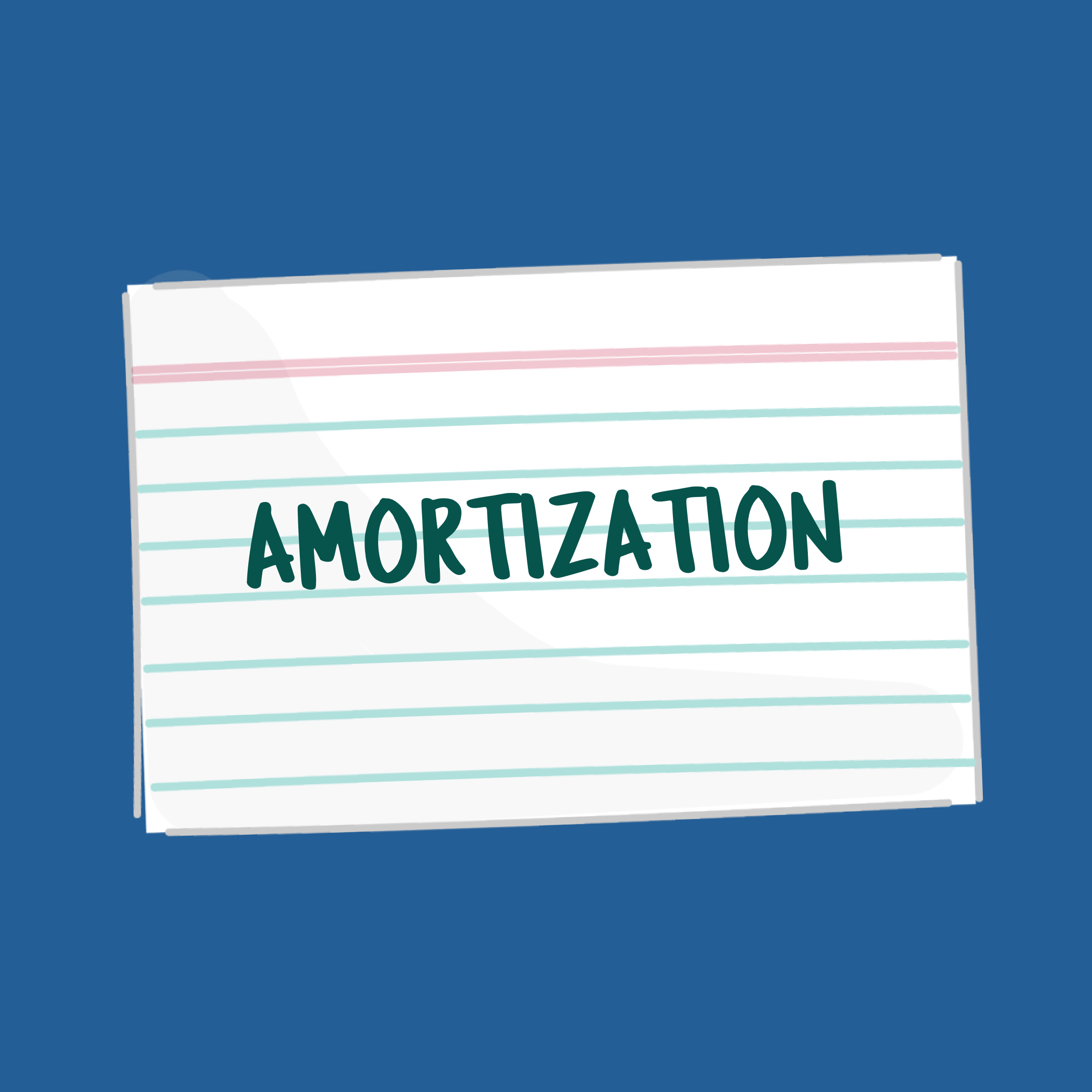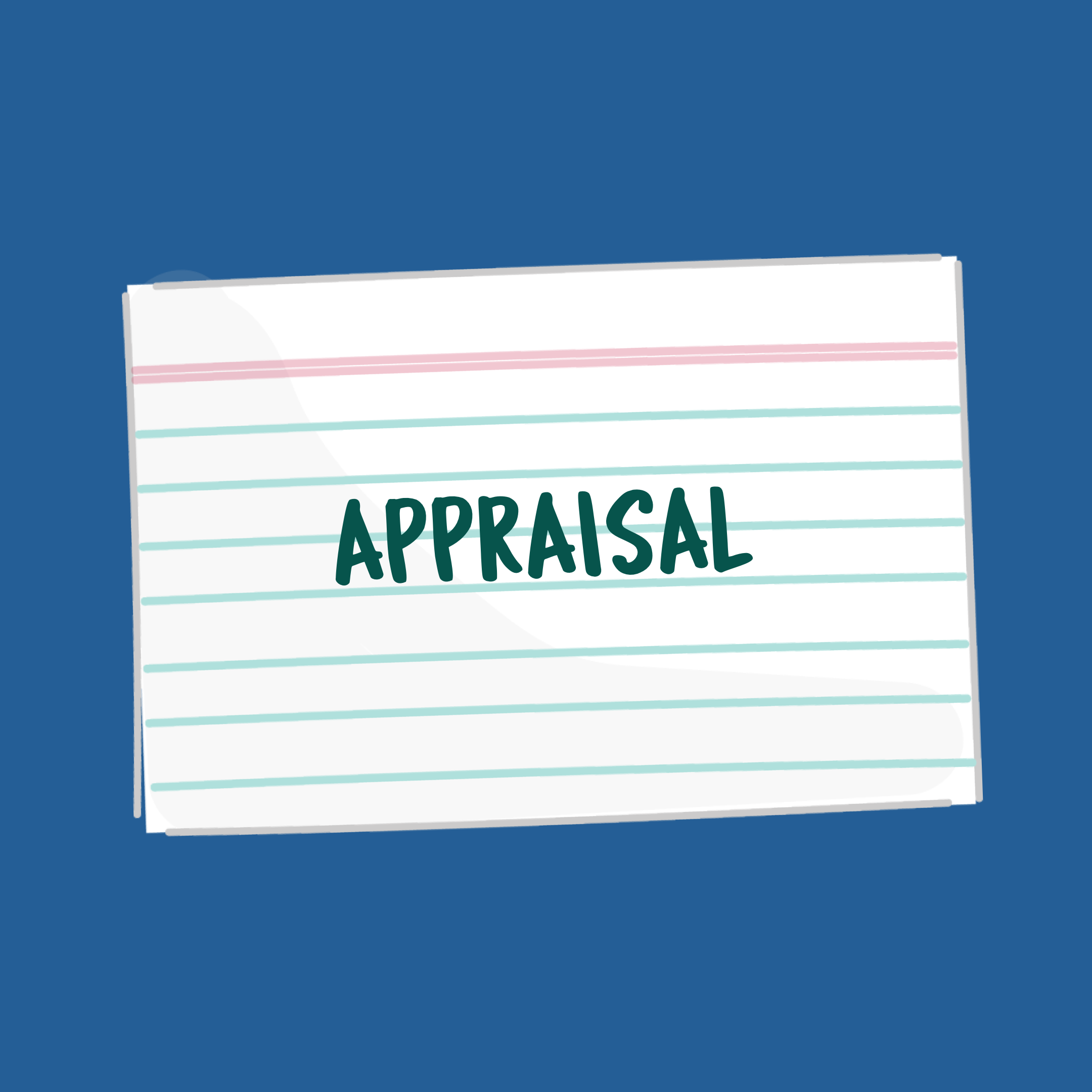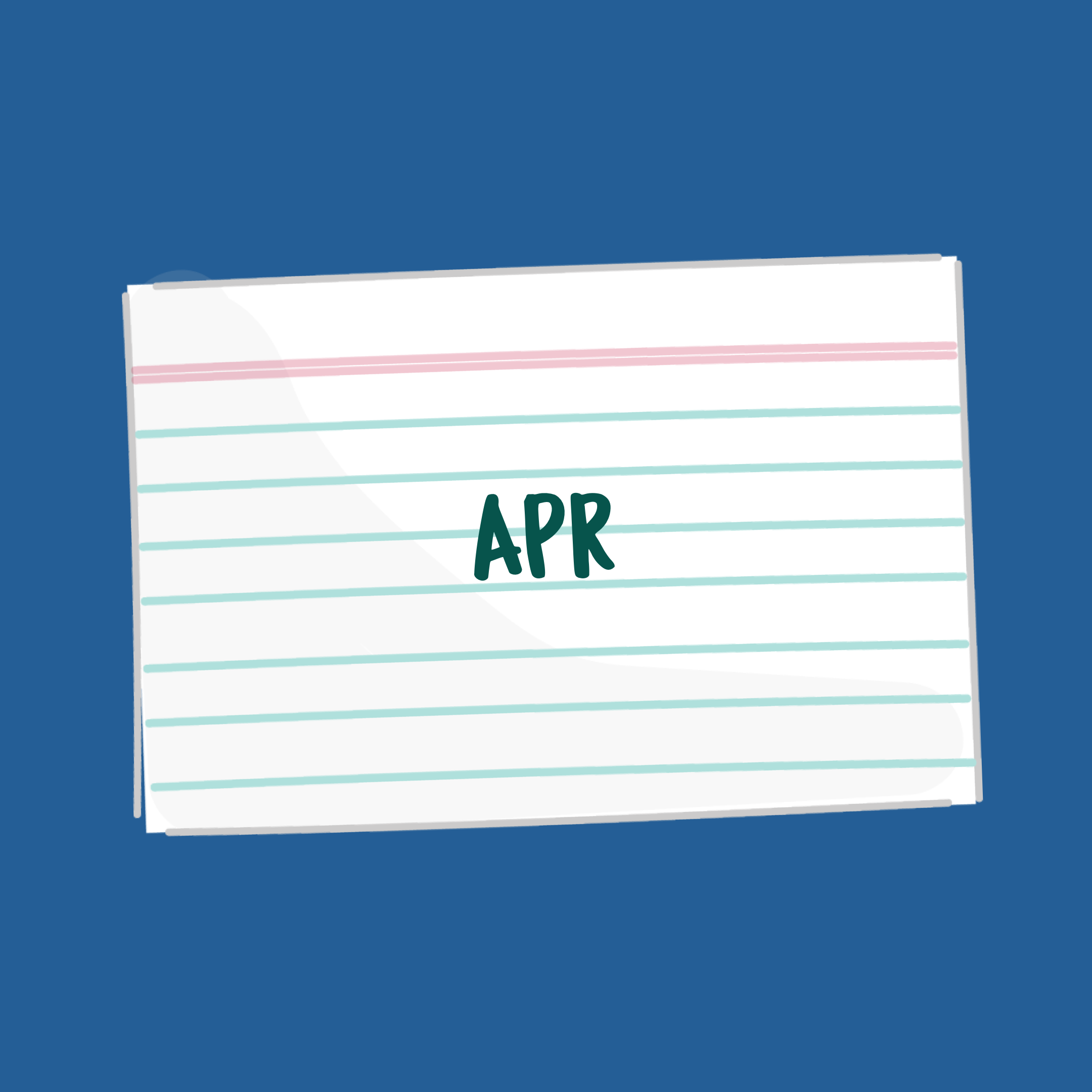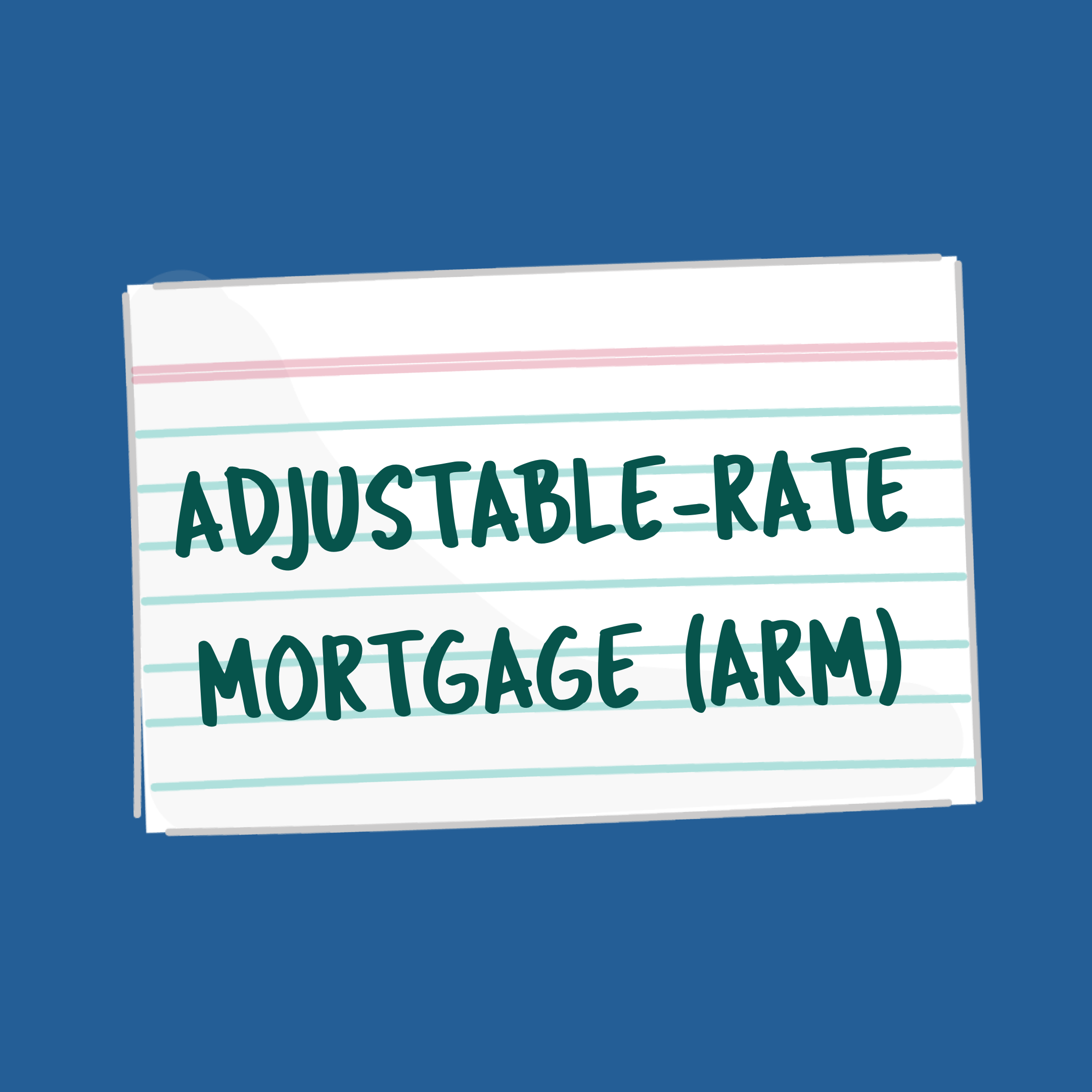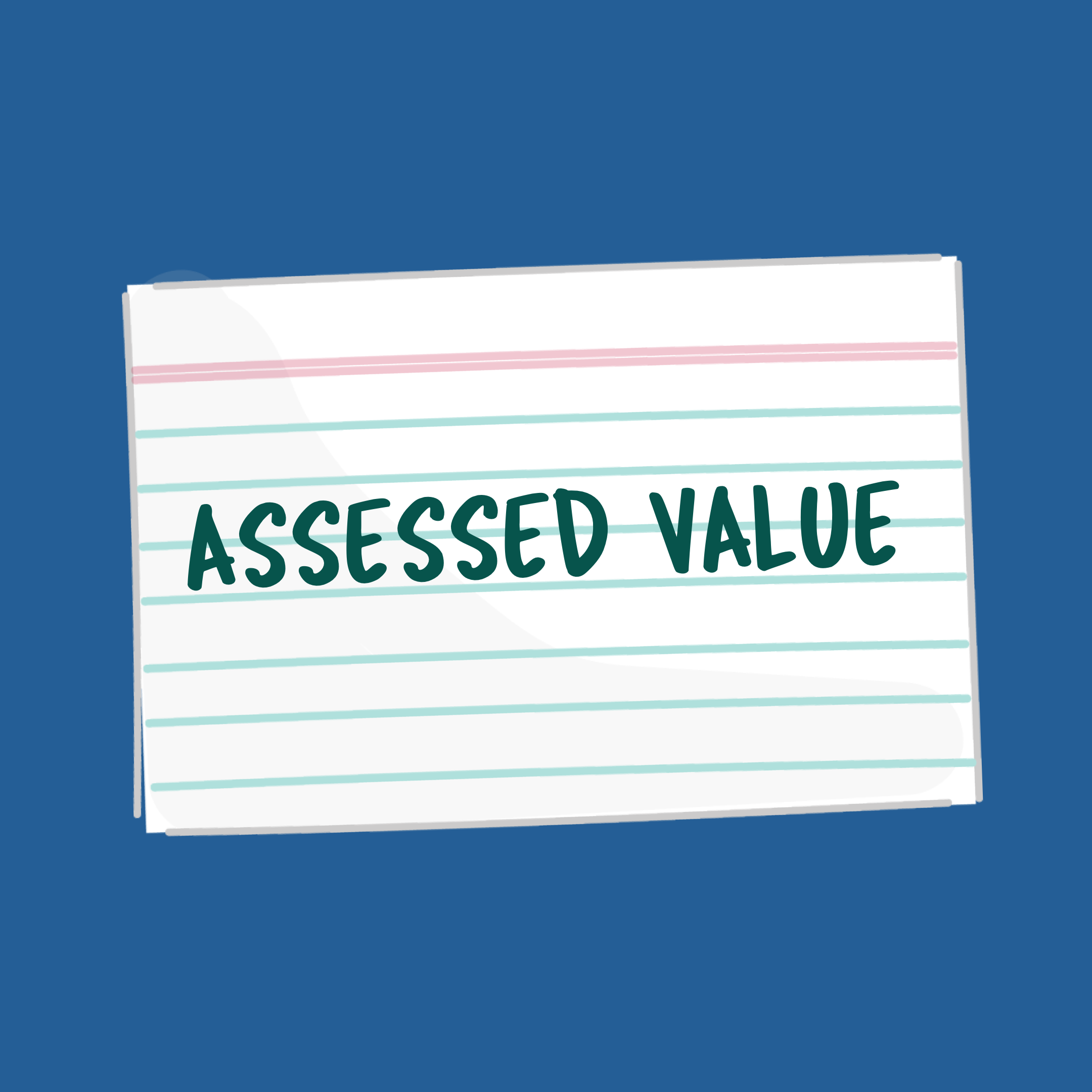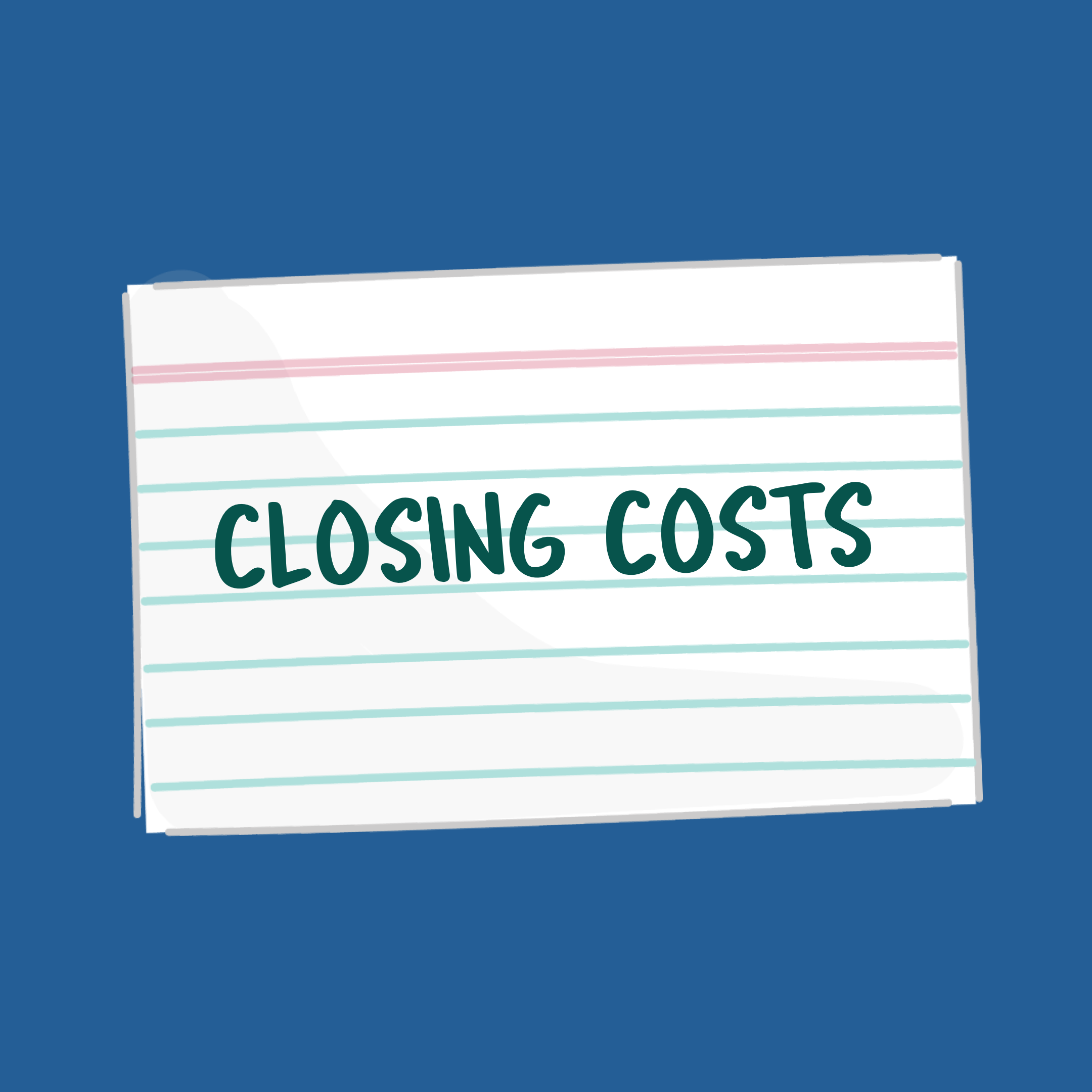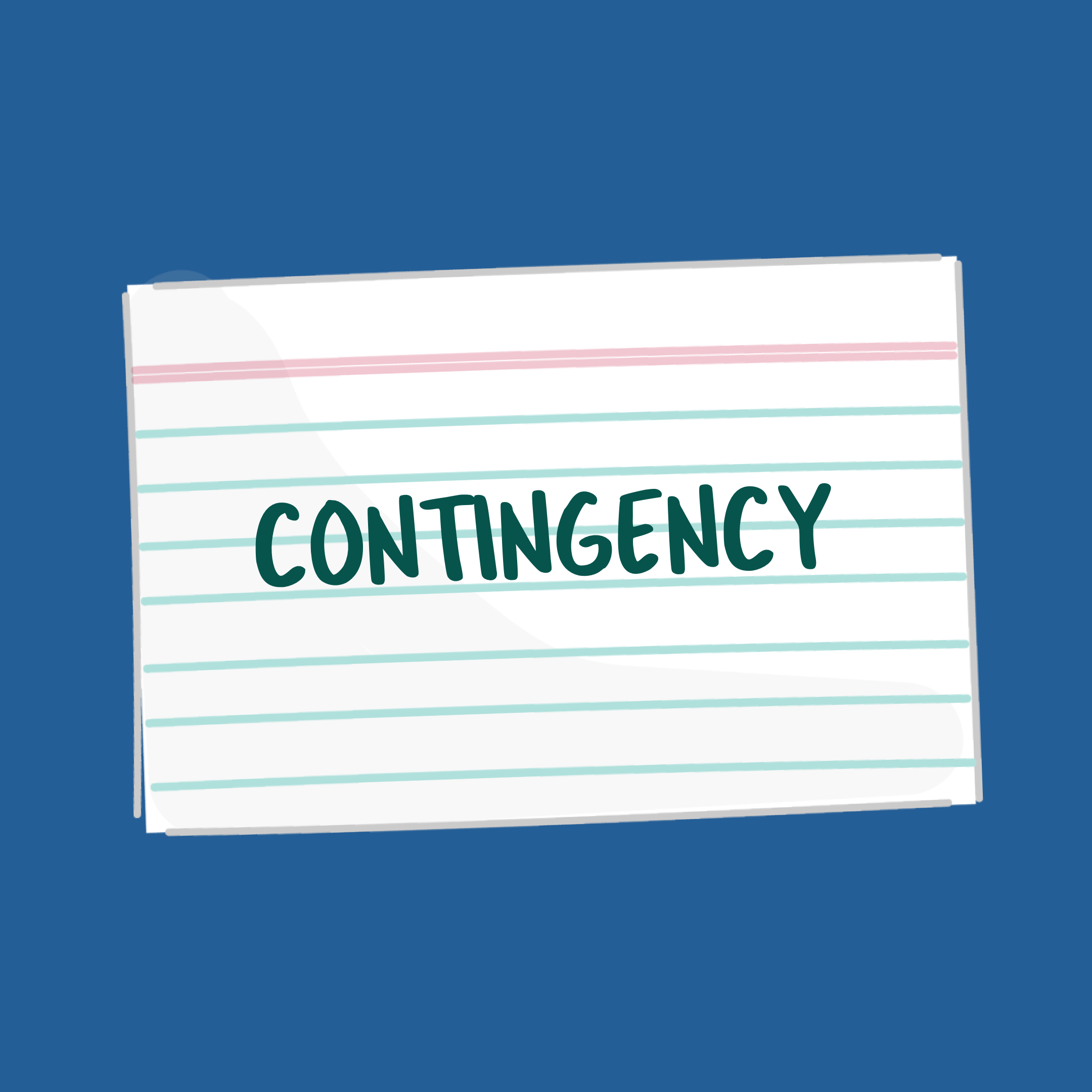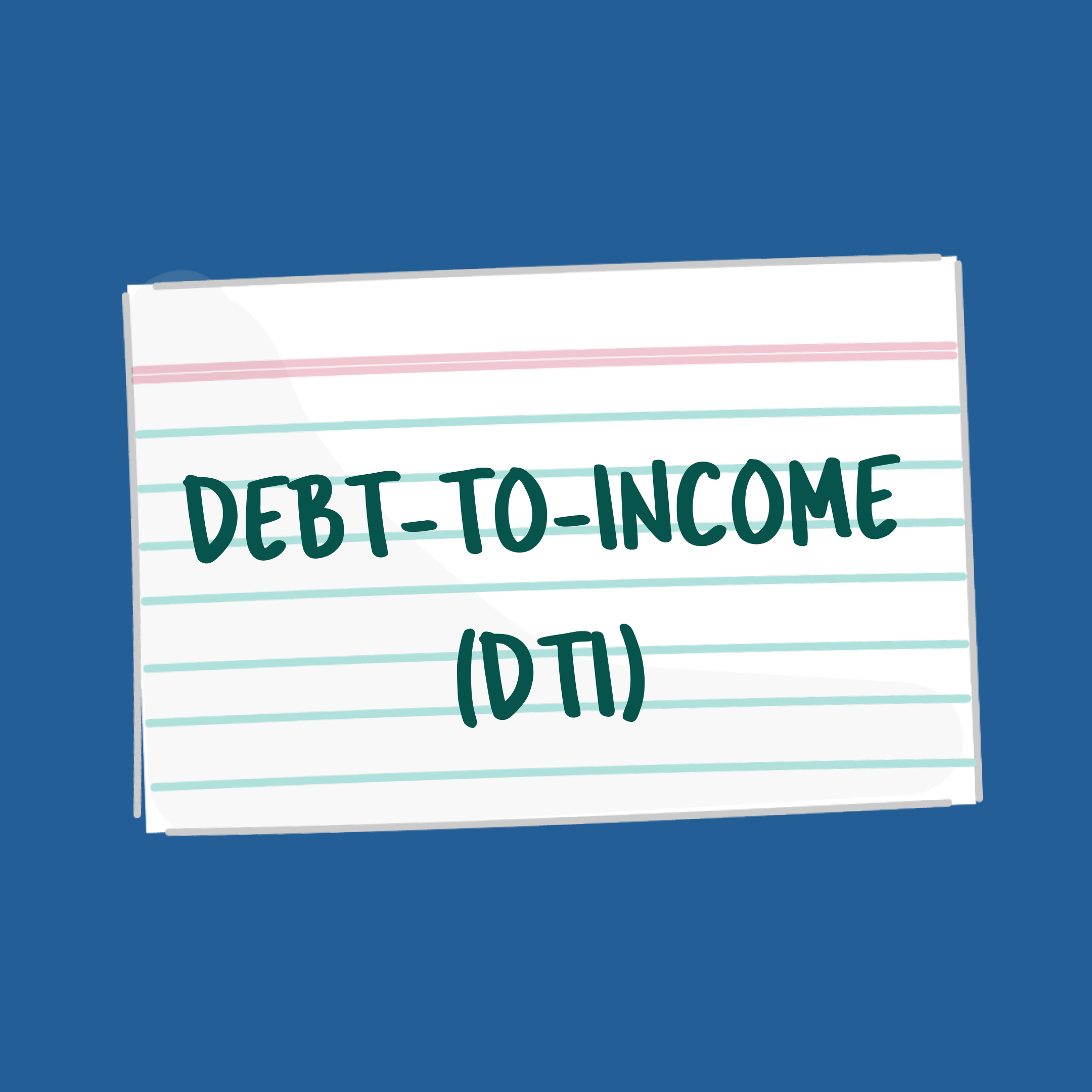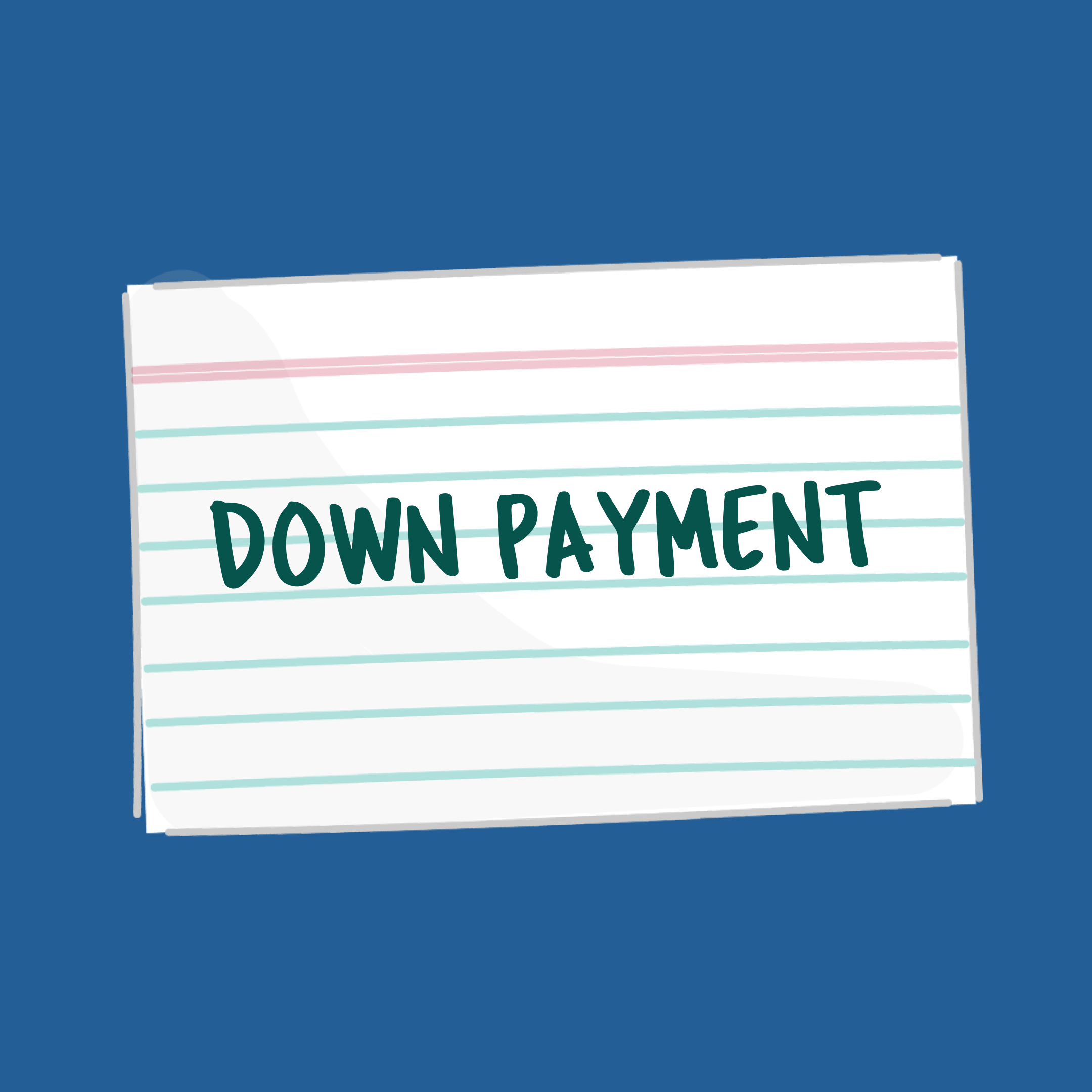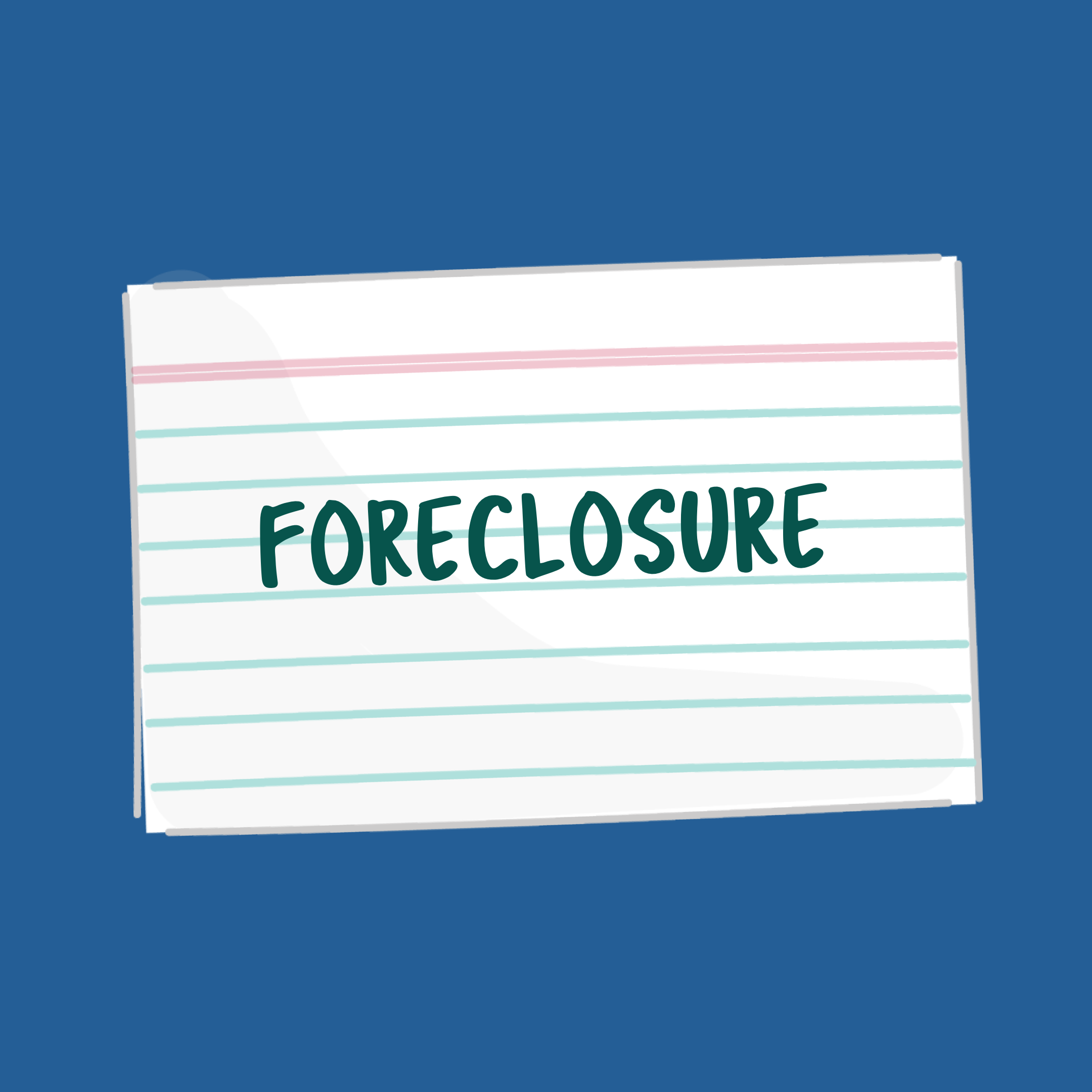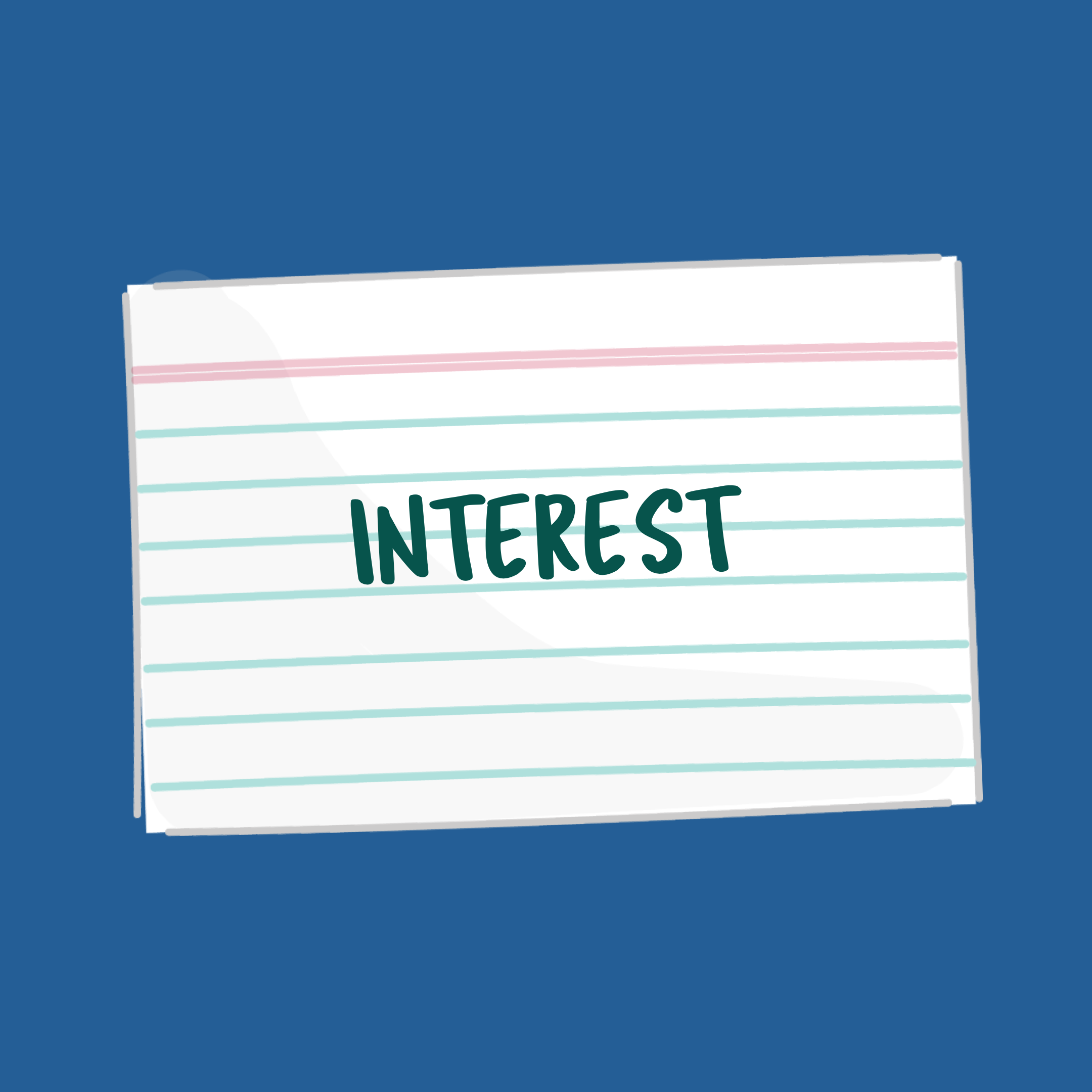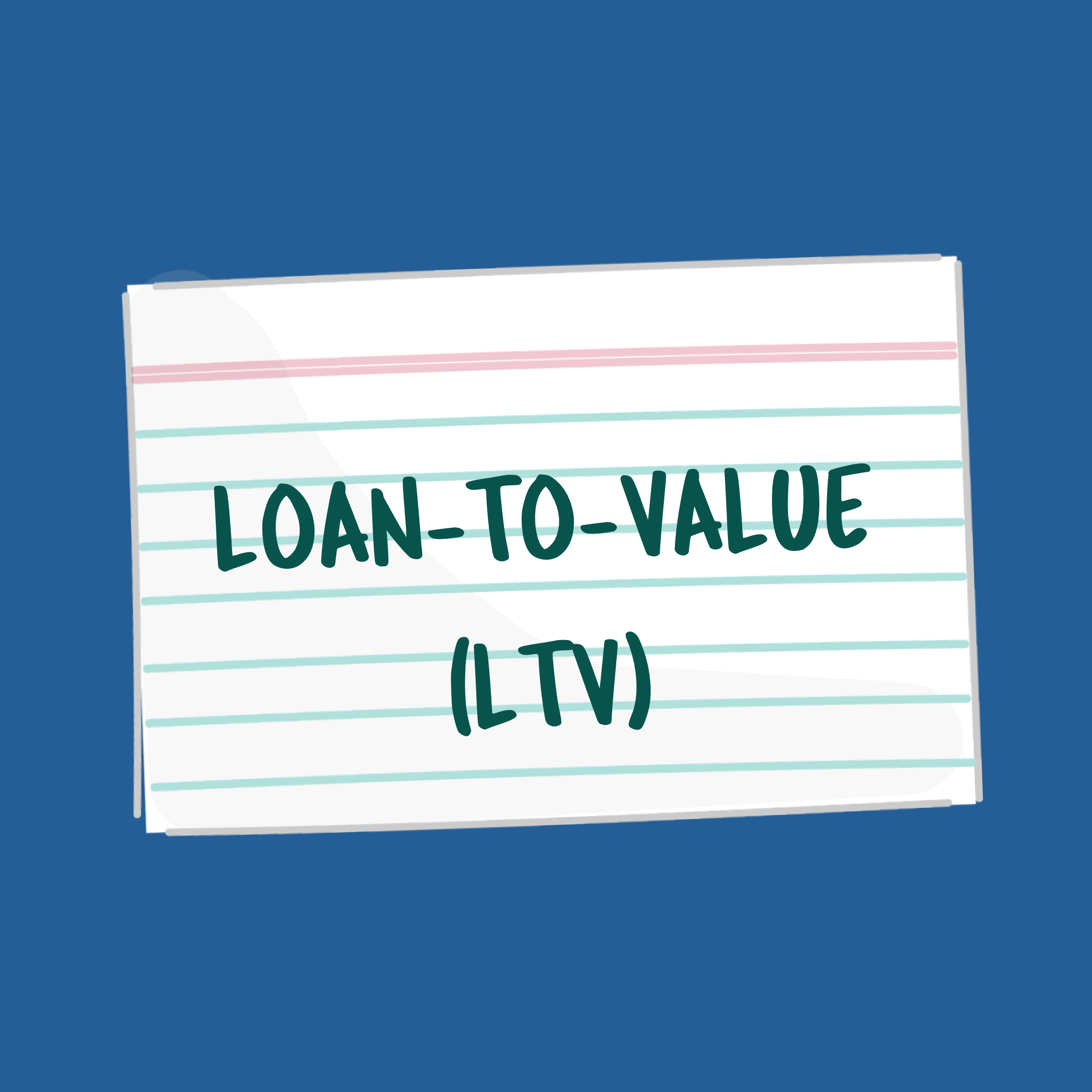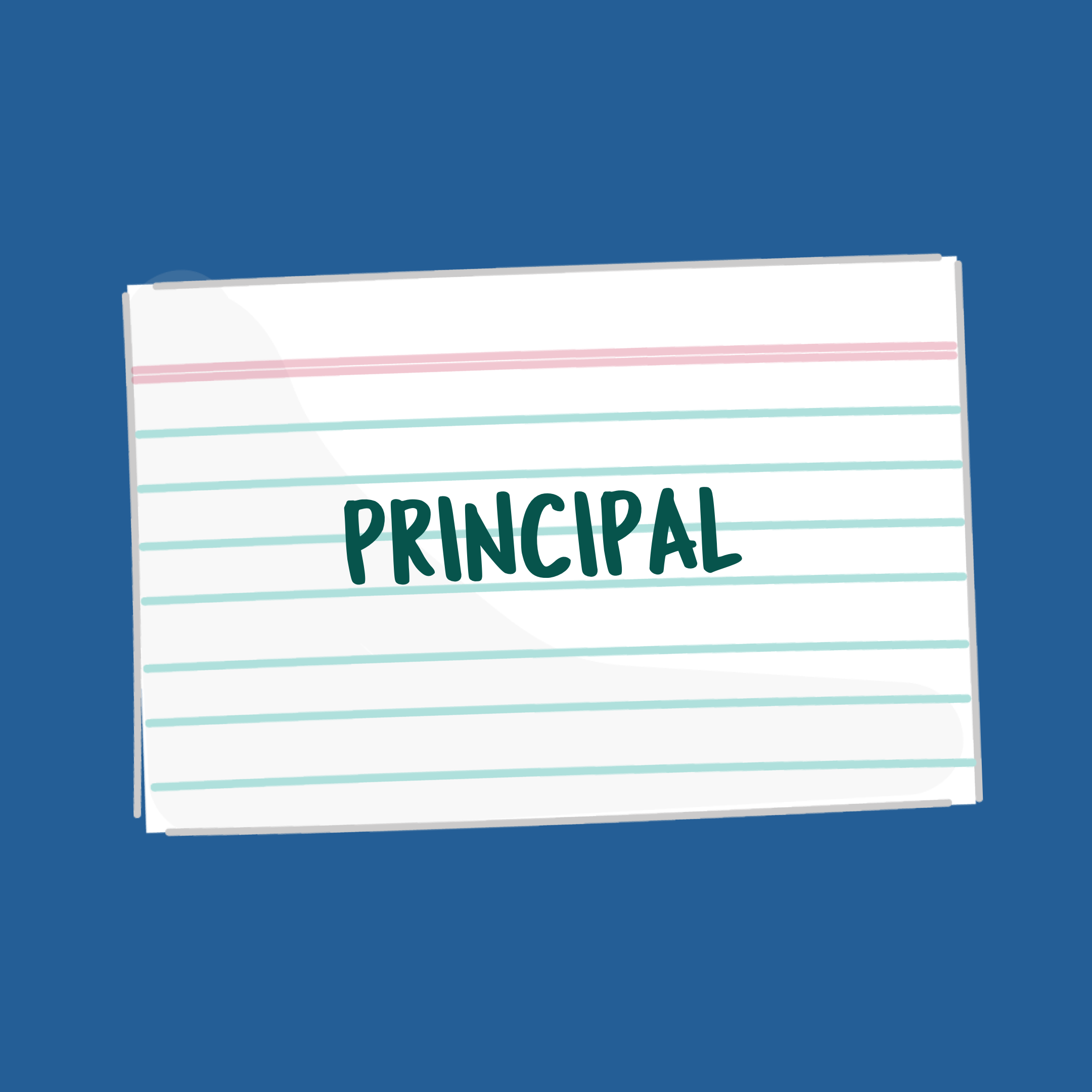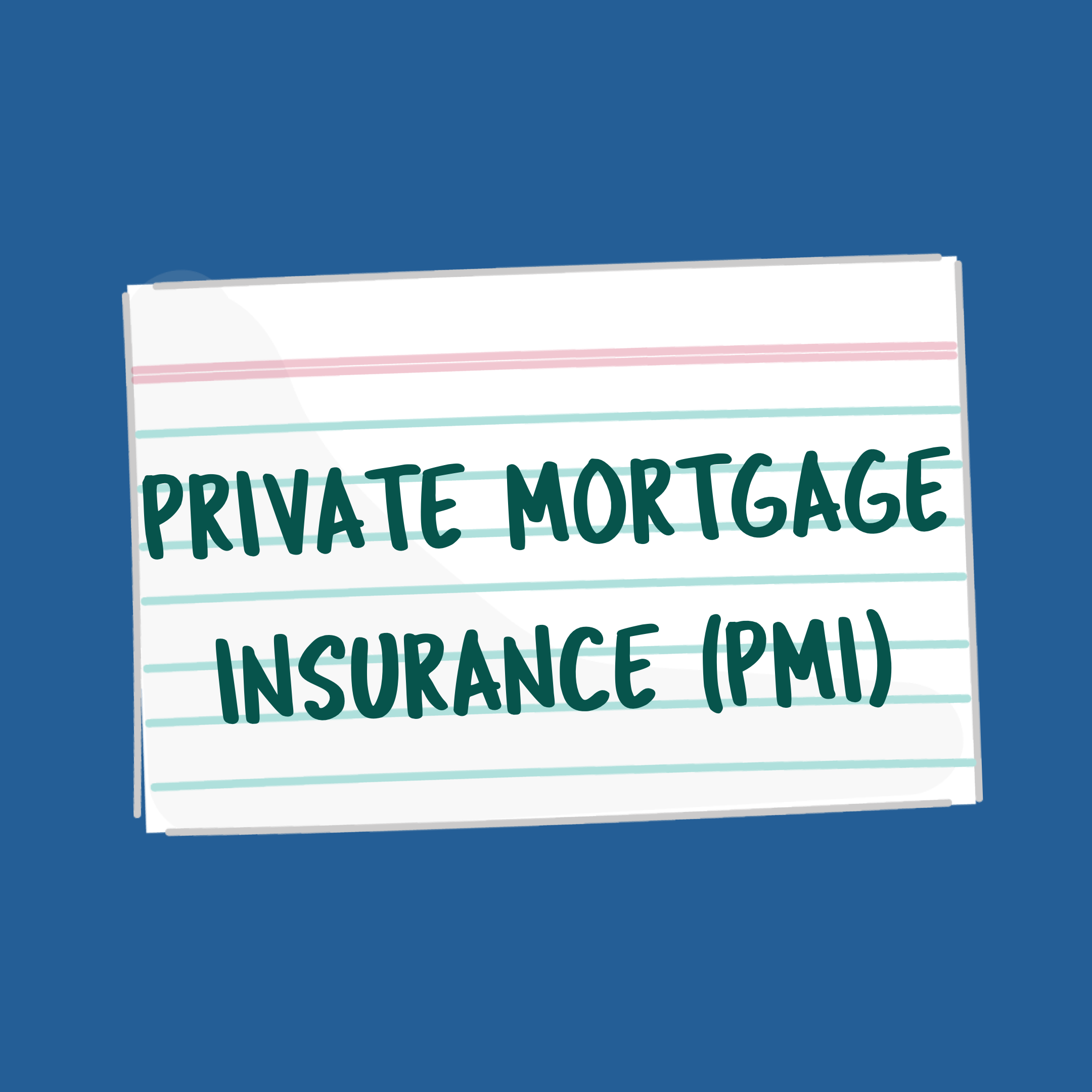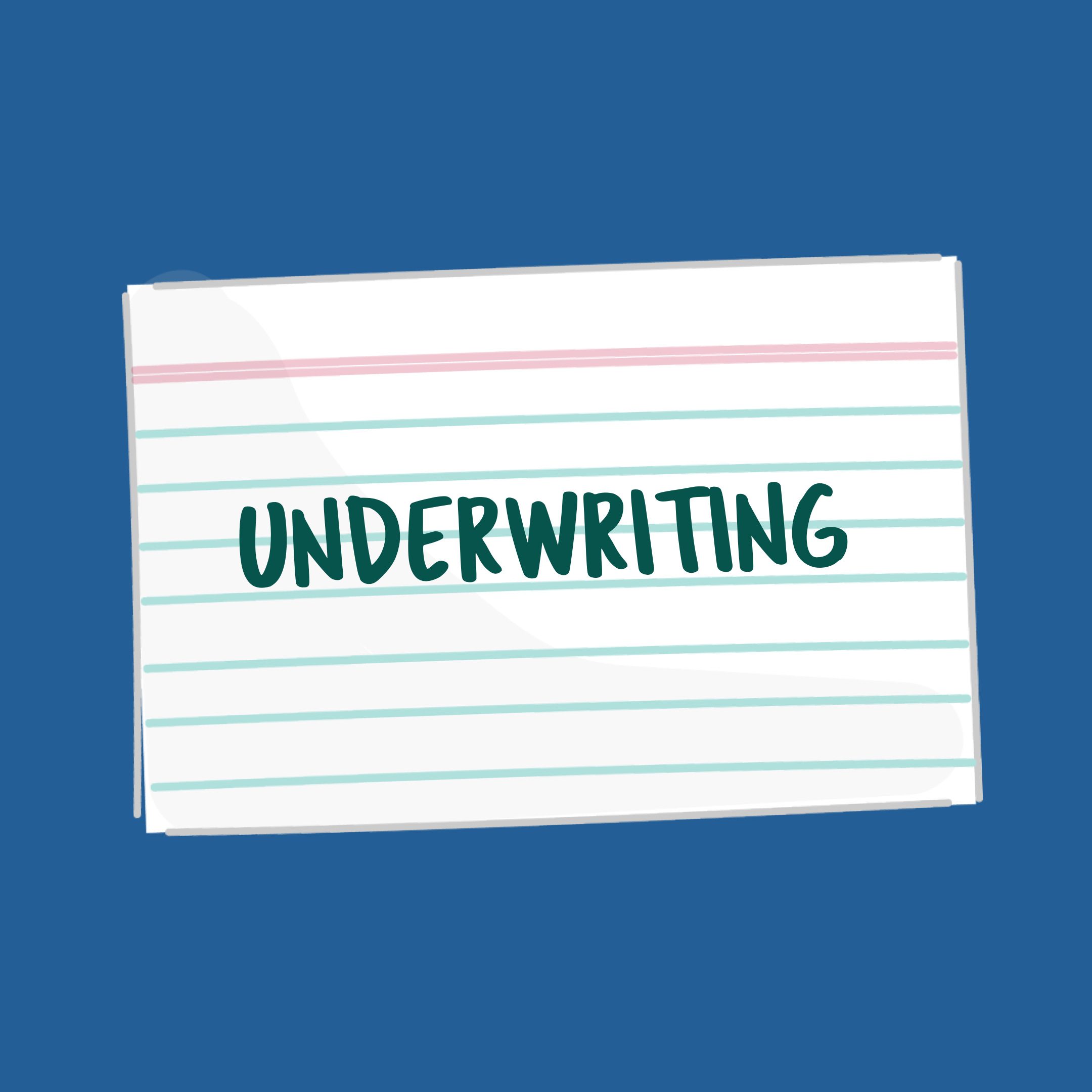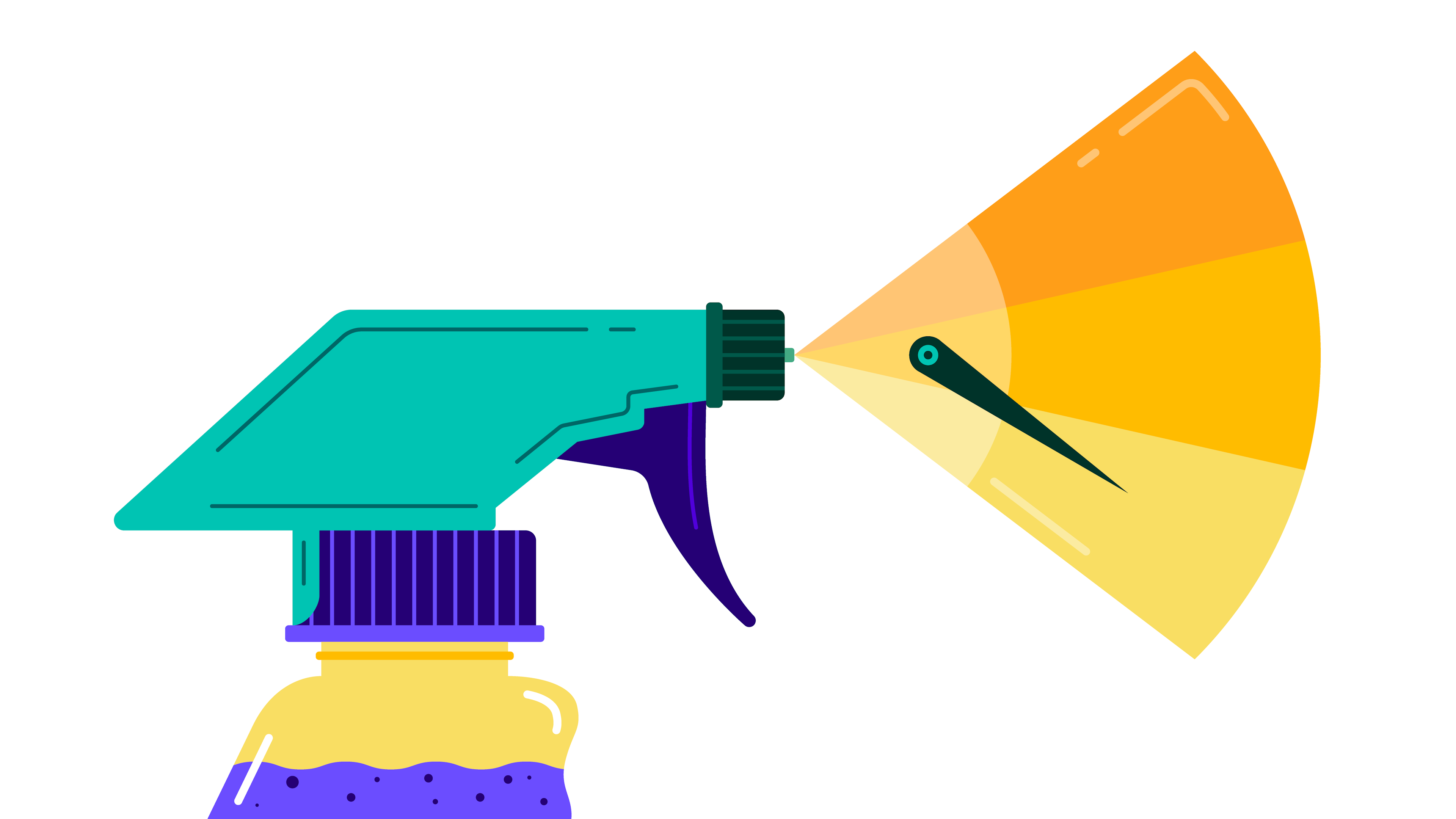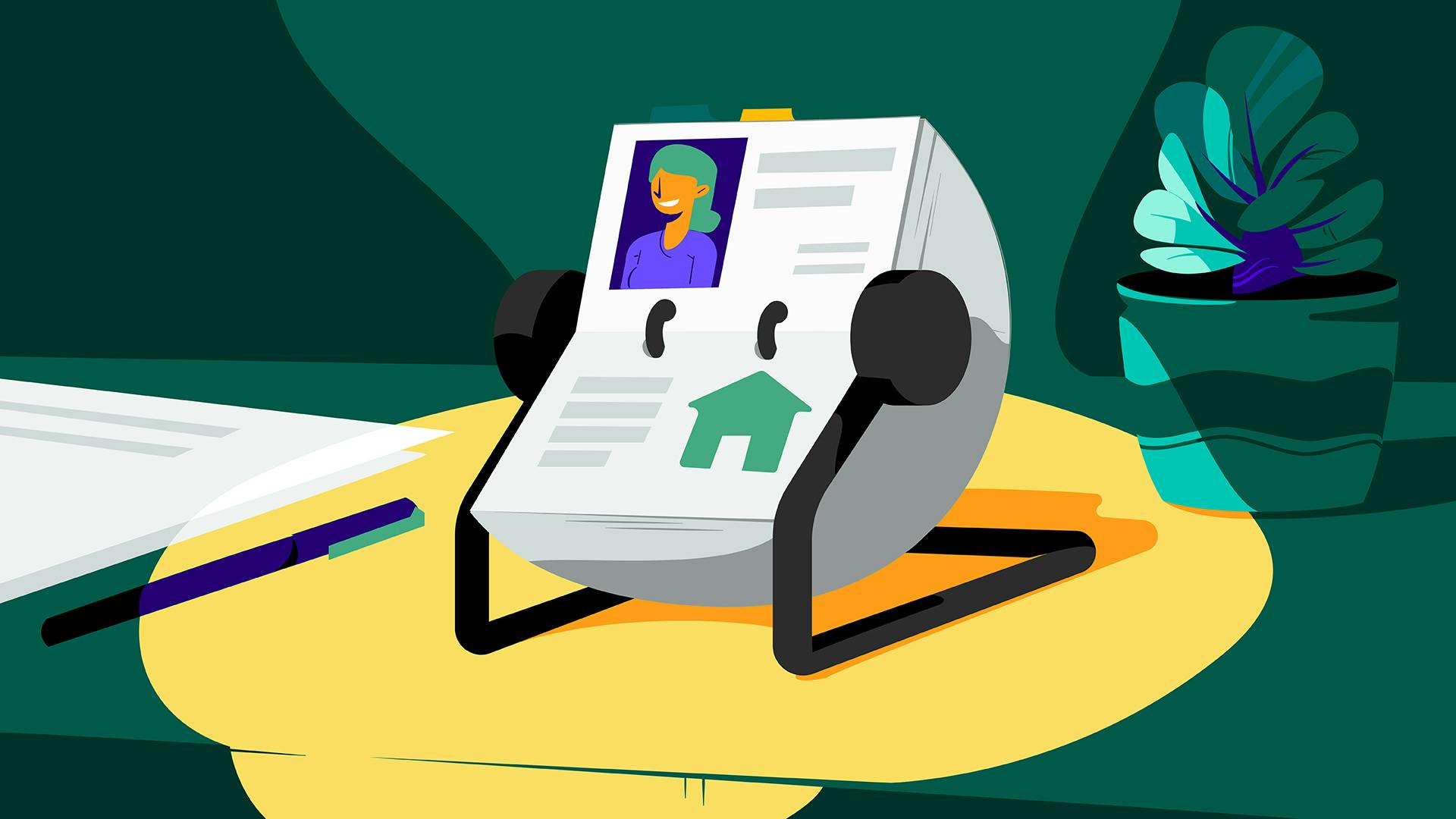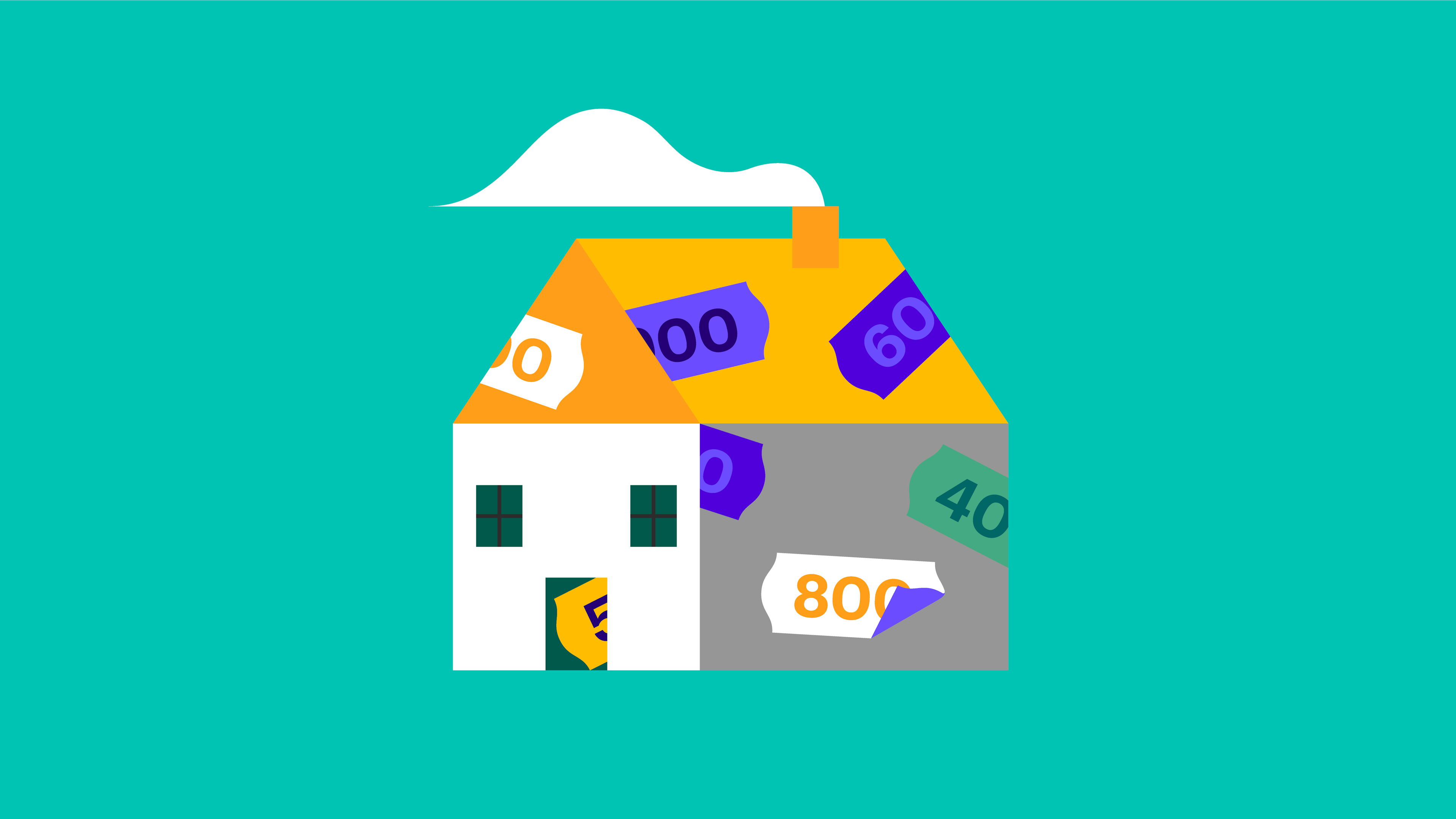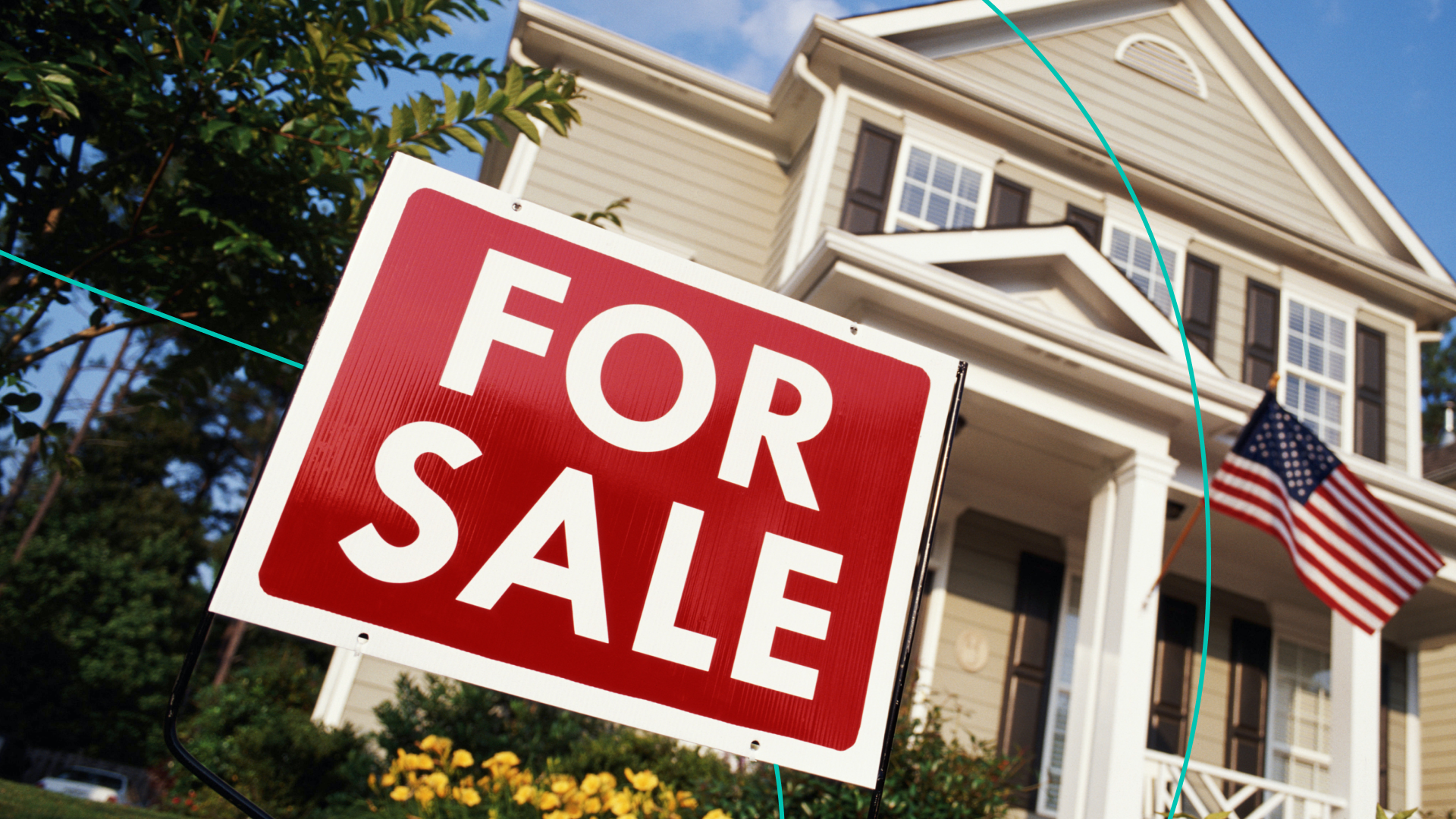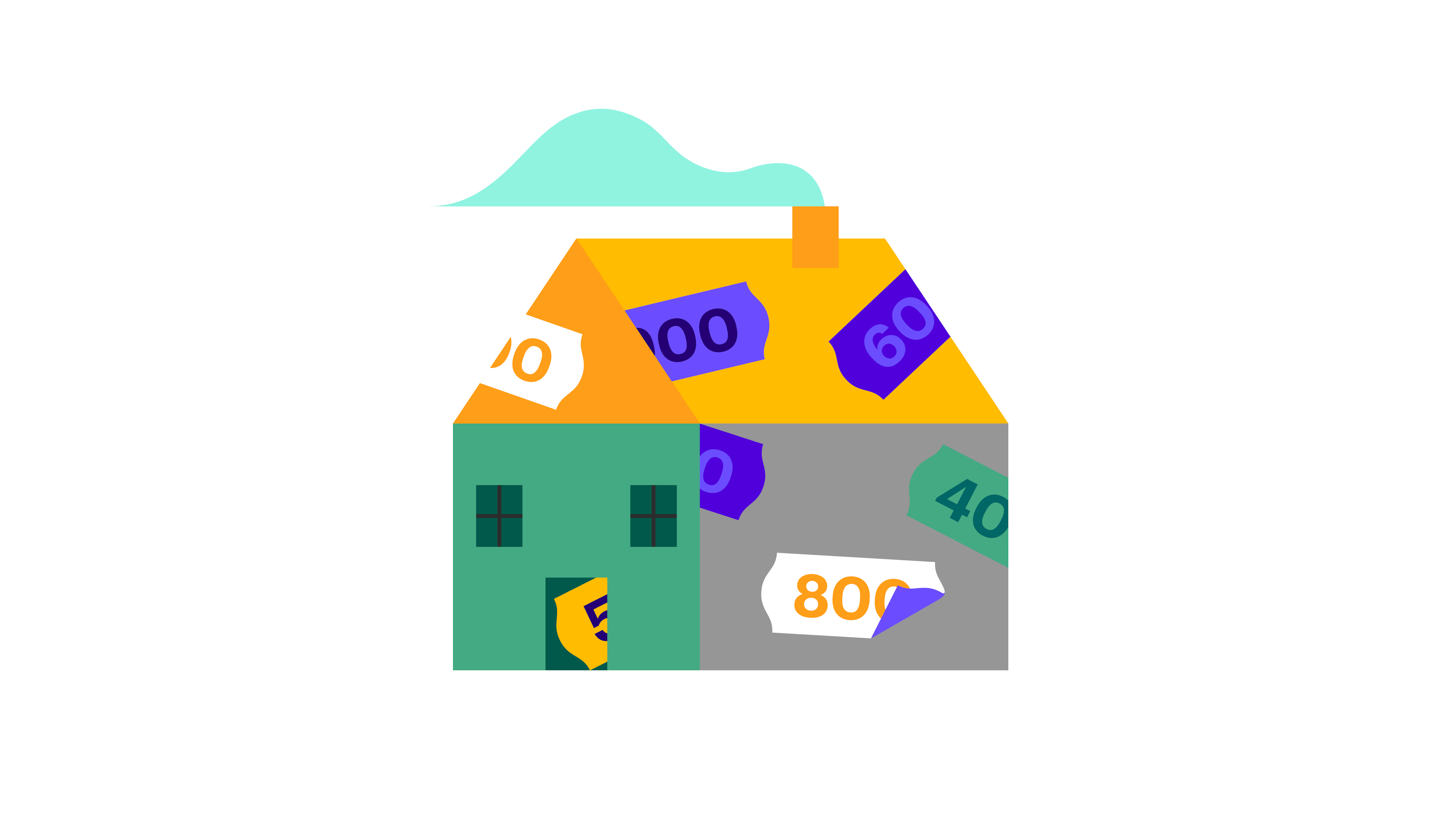
Buy a Home
Blame it on Chip and Joanna. You’ve got homebuying on the brain. Even if you aren’t signing on the dotted line any time soon, it’s never too early to get your wallet ready. Because this is probably the biggest purchase you'll ever make. We Skimm'd how much you need to save, how it all works, and how to balance homebuying with your other money goals.
Step #1: Get the Basics
Get the 411 on mortgages. Then see how two women navigated the homebuying process.Step #2: Talk the Talk
From amortization to underwriting, here are the terms that can help you actually understand the docs you'll sign.Step #3: Make a Plan
Your agent might be your new BFF. But these guides are a close second.Want more $$$ news from theSkimm?
Sign up for our Skimm Money newsletter for more on the biggest financial headlines and trends, and how they affect your wallet.
© 2012-2025 Everyday Health, Inc., a Ziff Davis company. All rights reserved. theSkimm is among the federally registered trademarks of Everyday Health, Inc., and may not be used by third parties without explicit permission
This site is protected by reCAPTCHA and the Google Privacy Policy and Terms of Service apply.
